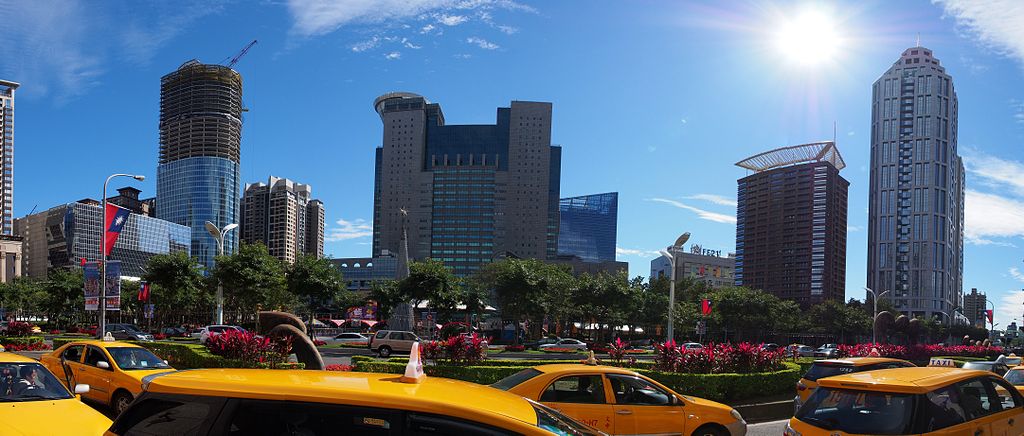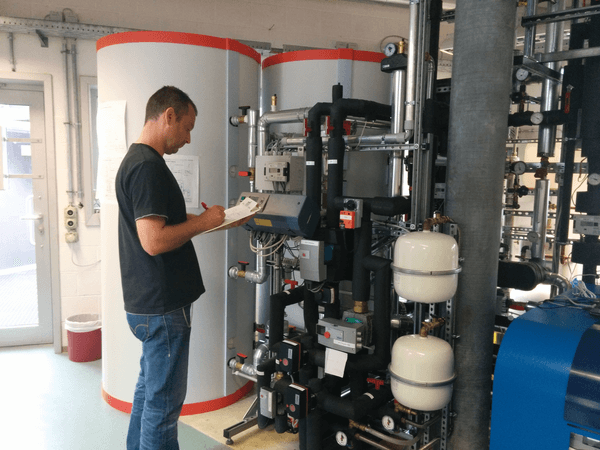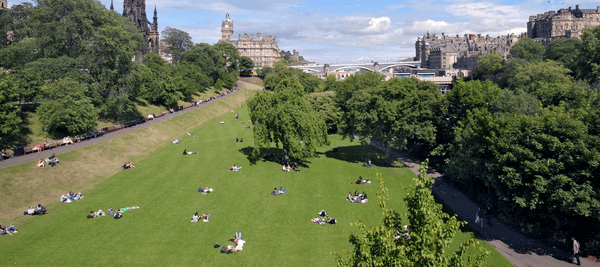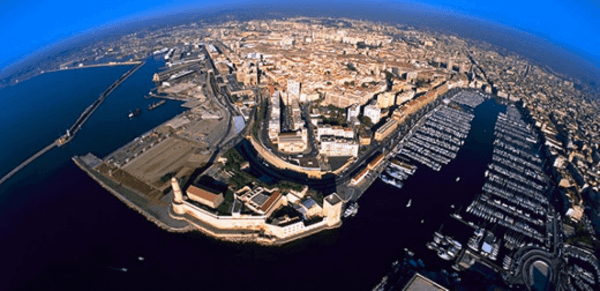The government of New Taipei City has made the improvement of energy efficiency to residential and commercial buildings and facilities a priority as they have been identified as the source of the highest emissions in greenhouse gases.
In the mid-term, the government plans to expand the implementation of a range of green buildings through alliances and exchanges with community, schools, and private enterprise and to increase capacity of renewable energy sources.
In the long-term, plans to further change the regional energy structure through the promotion of the distribution of renewable energy, regional energy and natural resource recycling are being developed. The government of New Taipei City is working on industrial, cultural, tourism and transportation sustainable developments in order transform New Taipei City into an international sustainable metropolis.
Activities of the New Taipei City Climate Action Plan are:
Make Building Greener
Measures: A green doctor, constructed wetlands management and education, green roofs, green homes and urban planning and green building label.
Benefits: 531 communities have being counselled in energy saving, 8 constructed wetlands have been connected, 79 green roofs have been established, 170 hectares unused areas become greener.
Take Smart Transport
Measures: low emission bus, 3 loops & 3 lines MRT system, user-friendly cycling infrastructure, car-free day, intelligent EV and e-motor and carpooling network.
Benefits: 43.8 km of MRT tracks, 390 kilometers of bike lanes, 6,079 carpooling routes, 114 electric cars charging stands and 1340 electric bikes charging stands have been built.
Produce Cleaner Energy
Measures: energy conservation education, green public-owned building, geothermal power development plan, clean energy production, landfill gas recovery, incineration plant power generation and green industry cluster.
Benefits: through energy conservation campaigns, a total of 5.17 million kWh of electricity has been saved, 6245kWp capacity solar photovoltaic systems were installed, 210 tons per year of methane was recycled, and power generated by incinerator was 200,000,000 kWh. For a total reduction of 25,000 tons CO2e, the city also increased NT$ 265 million in revenue.
Allocate Resources More Efficiently
Measures: Adaptive reuse of old buildings, second-hand market and exchange platform, household waste reduction and recycling.
Benefits: 164 old buildings were adapted for reuse, with an area of 71,005m2; second-hand recycling has reduced 213.12 tons of MSW waste, and has successfully improved the situation of 880 needing families in the city.
Live A More Sustainable Life
Measures: Citizen’s farm, energy conservation and carbon reduction label, reduced combustion of ghost money, ranking of neighbourhood environment, rating and reform of low-carbon community label, energy conservation of service sector.
Benefits: New Taipei City Government provided approximately 33,058 m2 of farmland for planting 5,699 kg organic vegetables, combusted 11,000 tons of ghost money centrally, established 18 energy-conservation labels and 360 neighbourhood environmental certified indicators.



